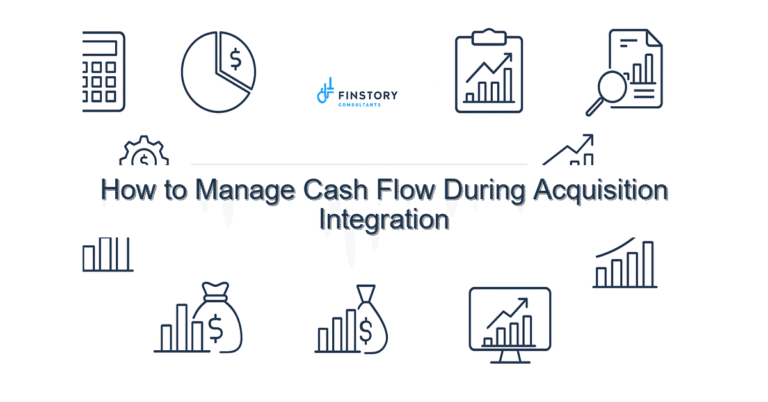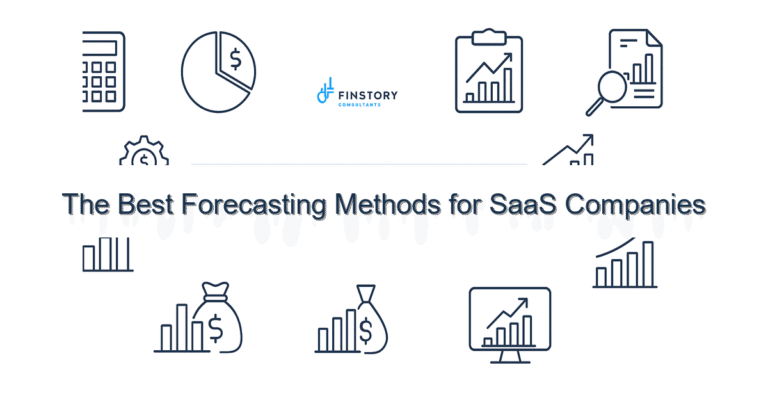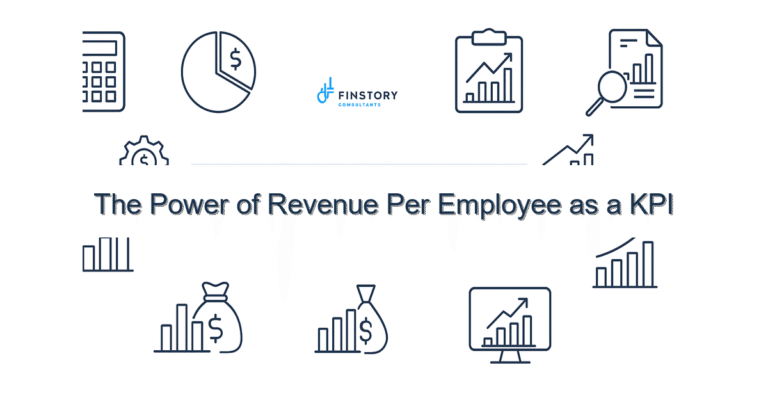Why EBITDA Isn’t the Only Profit Metric That Matters
You probably live in a world where EBITDA is quoted at board meetings and used to judge performance. That makes sense — it’s simple and familiar. But if you’re responsible for running a health system, clinic group, or specialty practice, you know EBITDA alone can miss the pressures that really drive daily decisions.
Summary: The key takeaway: keep EBITDA as a headline, but add cash-focused, patient-level, and quality-linked metrics to drive operational decisions. Doing so gives you truer insight into liquidity, payer risk, and the levers that improve margin sustainably.
What’s the real problem?
EBITDA smooths over timing, investment needs, and payer complexity. Healthcare organizations that treat EBITDA as the single north star often get surprised when cash runs tight or when quality penalties hit revenue.
- Revenue looks healthy on paper, but cash lags because of long AR days and payer denials.
- Cost-cutting based on EBITDA reduces short-term expense but harms throughput or quality.
- Capital needs for technology, compliance, or facilities are underfunded because depreciation and interest were ignored.
- Payer mix shifts or value-based contract adjustments erode realized margin after EBITDA is reported.
What leaders get wrong
Many intelligent leaders treat EBITDA like a scorecard and then wonder why operations falter. Here are common mistakes, stated plainly.
- They confuse profitability with liquidity — EBITDA can be high while days cash on hand falls.
- They reward teams for improving EBITDA without measuring patient throughput, denial rates, or readmission penalties.
- They cut ‘overhead’ indiscriminately, eliminating roles that prevent denials or optimize coding.
- They ignore the timing and structure of contracts — a 1% cut in price from a major payer can wipe out several months of EBITDA gains.
A better approach
Think of EBITDA as a headline metric, not the whole story. Use a compact framework that ties financials to operational levers.
Three-step framework:
- Broaden the metric set: Add cash flow, operating margin, patient-level contribution, days in AR, denial rate, and quality penalties to your regular reports.
- Connect metrics to actions: For each metric, identify 1–2 operational levers (e.g., front-end registration, coding review, supply sourcing) and an owner with clear targets.
- Close the loop weekly: Move from monthly accounting to weekly driver reviews for at-risk areas — AR, denials, and high-cost service lines.
Real-world example: A 250-bed community hospital used EBITDA as its main KPI. By adding days in AR and a patient-level contribution margin, they discovered a high-volume outpatient service with strong EBITDA contribution actually generated negative cash after a 90-day payer lag. They fixed registration workflows and renegotiated payment terms; within nine months, cash conversion improved by 22% and operating margin rose 3 percentage points.
Quick implementation checklist
Six things you can try this week.
- Calculate current days cash on hand and days in AR — put them on the executive dashboard.
- Run a patient-level contribution analysis for your top 5 service lines.
- Identify the top 3 reasons for denials in your RCM system; assign owners and quick fixes.
- Tag costs as fixed vs. variable in your general ledger to see true operating leverage.
- Create a one-page driver model that links admissions, length of stay, and reimbursement mix to cash flow.
- Schedule a 30-minute weekly cadence with operations, clinical leads, and finance to review the drivers.
- Pull a sample of contracts to check for clawbacks, quality penalties, or payment timing traps.
- Set one pilot (e.g., reduce denial rate by 20% in one clinic) and measure weekly.
What success looks like
Clear, measurable outcomes to expect within 6–12 months.
- Forecast accuracy improves to 90–95% for cash and operating margins.
- Days in AR falls by 15–30%, improving liquidity and reducing need for short-term borrowing.
- Denial rate reduces by 20% or more in targeted service lines, increasing realized revenue.
- Free cash flow or days cash on hand increases by a measurable margin (e.g., 10–30 days).
- ROI: often a 2–4x return on investments in RCM process changes and analytics within a year.
Risks & how to manage them
No change is risk-free. Three common risks and practical ways to mitigate them.
- Data quality risk: Garbage in, garbage out. Mitigation: start with a focused subset (top service lines) and validate data sources before scaling.
- Operational resistance: Clinicians and staff may see new metrics as punitive. Mitigation: involve them in metric selection, emphasize patient outcomes, and celebrate quick wins.
- Short-term disruption: Process changes can slow cycles initially. Mitigation: run small pilots, measure impact, and iterate before broad rollout.
Tools & data
Use tools that meet clinicians where they are and give finance the rigor it needs. Practical combos we see work:
- Finance automation for close and cash forecasting (faster, fewer manual reconciliations).
- Revenue cycle management systems integrated with EHR data to spot denials and payer mix shifts.
- Power BI or similar for leadership reporting — driver-based dashboards that update weekly.
- Driver-based models in your FP&A tool that link operational inputs (admissions, lengths of stay) to cash and margin outcomes.
Next steps
If you want to move beyond EBITDA as the only signal, start with a short diagnostic: 60–90 minutes to map your top metrics, data gaps, and one pilot. We’ll help you pick the right metrics for your organization and sketch the dashboard that leadership will actually use.
Want to set up that diagnostic or talk through a pilot? Contact Finstory for a short, practical workshop tailored to your operations.
Work with Finstory. If you want this done right—tailored to your operations—we’ll map the process, stand up the dashboards, and train your team. Let’s talk about your goals.
📞 Ready to take the next step?
Book a 20-min call with our experts and see how we can help your team move faster.
Prefer email or phone? Write to info@finstory.net
or call +91 44-45811170.






